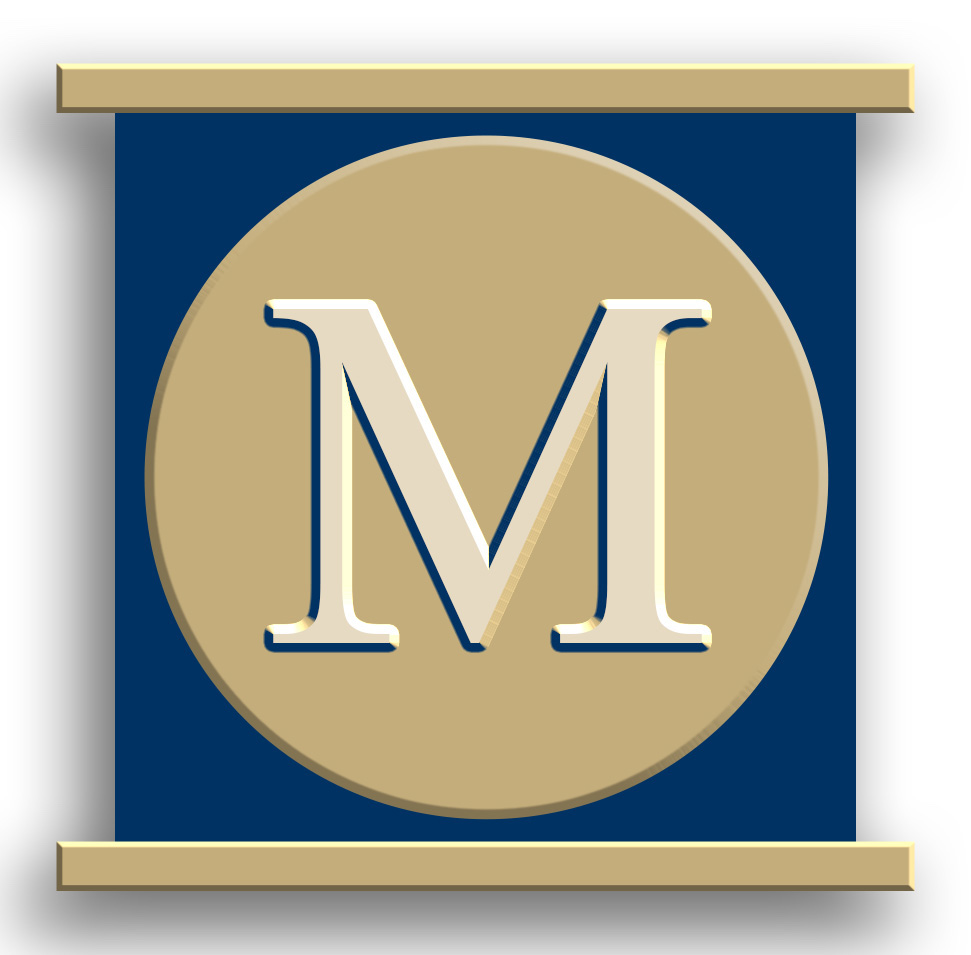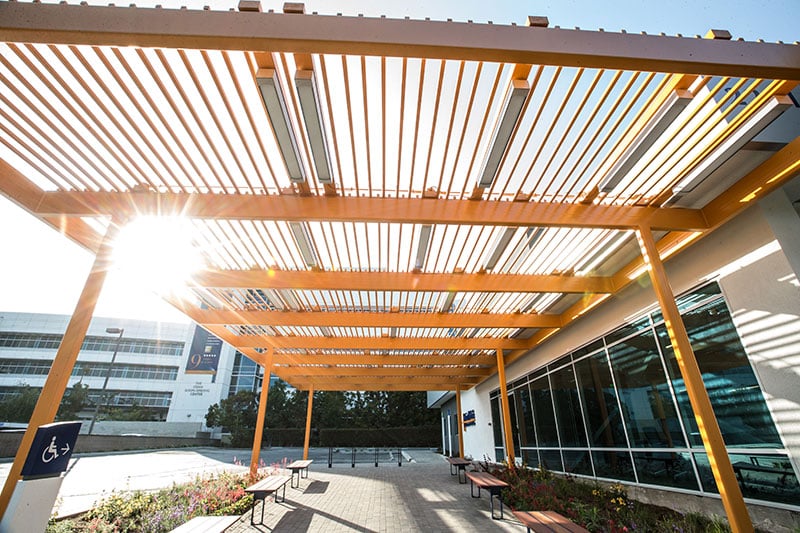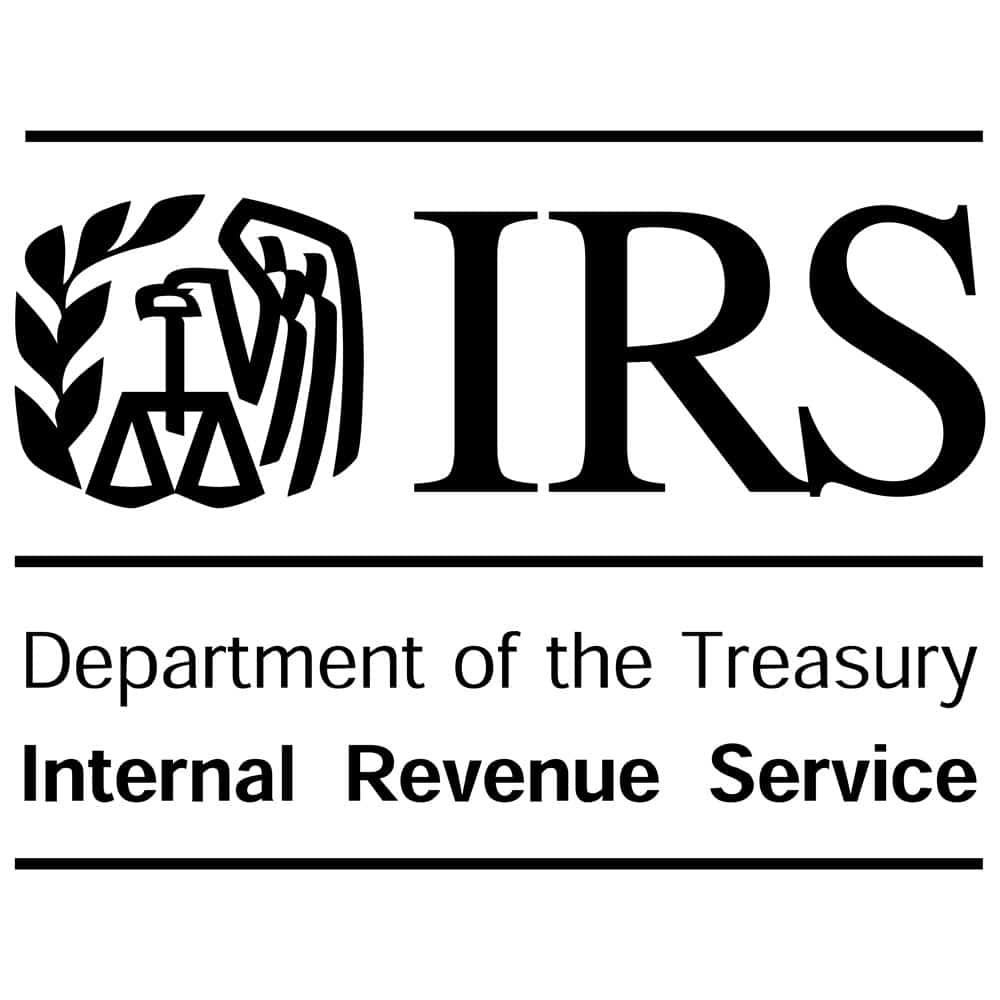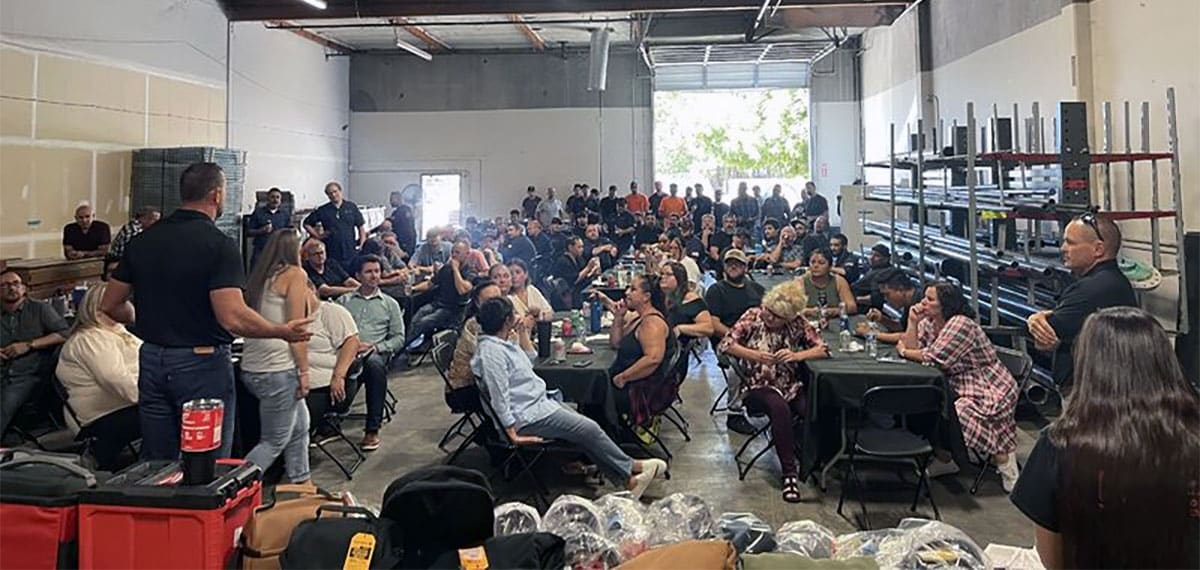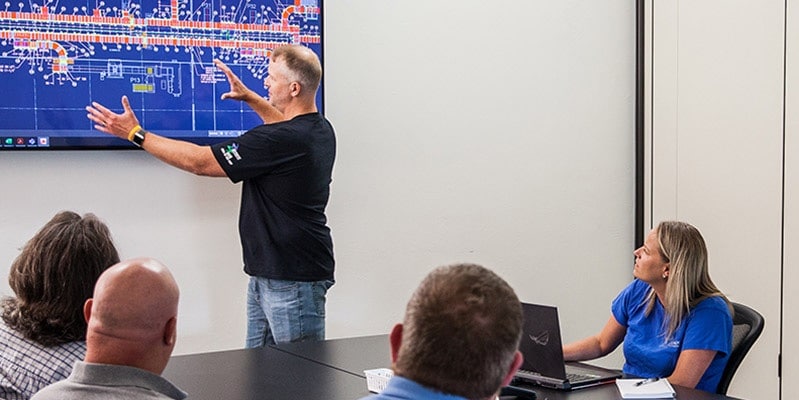In a recent article published in the Harvard Business Review entitled “The Big Benefits of Employee Ownership,” Thomas Dudley, CEO and co-founder of Certified Employee-Owned, and Professor Ethan Rouen of Harvard Business School shared the results of a study based on a single question: what would happen if every American business became at least 30% employee-owned through an Employee Stock Ownership Plan (ESOP)?
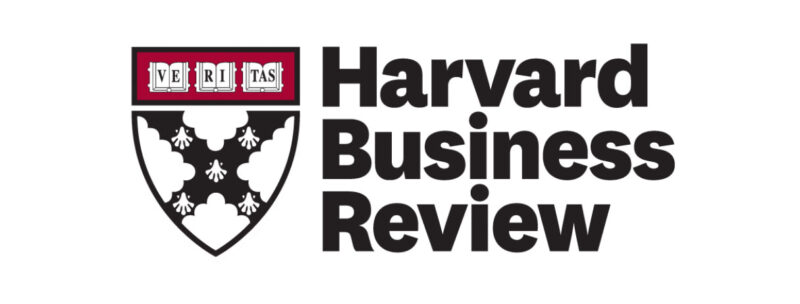
Even if businesses only became 10% employee-owned through ESOPs, the study noted that the wealth of the bottom 50% of American households would more than double.
The impetus for this study was the widening wealth inequality in America. As the article notes, the richest 1% of Americans own the majority of all business wealth, and the top 10% own more than 90%. The poorest 50% of Americans own just 0.25%.
As we have discussed here previously, broad-based employee ownership—and ESOPs specifically—have been proven to be a powerful tool in building wealth for lower paid workers, and particularly workers of color, who have long been blocked from accumulating wealth through business ownership opportunities. Earlier studies have looked at how ESOPs narrow the wealth gap for workers at existing ESOP companies, but this was the first to take that data and expand it to examine the impact that employee ownership could have if it was adopted at the 30% level by every business in the nation.
The results were astonishing:
- The share of wealth held by the bottom 50% of Americans would more than quadruple, jumping from just 1.4% of the total net worth of Americans to 6.4%.
- Median wealth among Black households would more than quadruple as well, from $24,000 to $106,000.
- Those without high school diplomas would see similar gains, with their median wealth increasing from $21,000 to $84,000.
Even if businesses only became 10% employee-owned through ESOPs, the study noted that the wealth of the bottom 50% of American households would more than double. These findings represent “life-changing gains for marginalized populations.” And they come at very little cost to anyone except those at the very top.
Those in the 90th to 99th percentiles of wealth would see an average decline of 1% of their net worth. It’s only the top 1% who would see any sort of substantial decline, with their net worth decreasing 14%.
The study notes that the workers are not the only ones to profit from broad-based employee ownership; the businesses themselves see distinct benefits including substantial tax savings, increased productivity, faster growth, and improved longevity.
In their article, Dudley and Rouen cite the example of the landscaping company Davey Tree, which has enjoyed all of these benefits since becoming an ESOP company in 1979. Since then, Davey Tree has grown its revenues from $60 million to over $1.2 billion.
“Our employees are the reason we’ve enjoyed so much success over the years and have continued to perform despite the challenges posed by today’s business climate,” Davey Tree president and CEO Pat Covey said in an October, 2020 interview.
Dudley and Rouen also discuss how employee ownership has gained popularity in some unexpected quarters, such as at private equity giant KKR, which recently implemented stock ownership programs for the hourly workers at their portfolio of industrial companies, and which recently advised Harley-Davidson on their decision to turn their factory workers into owners through granting them stock, as well.
Many businesses are turning to employee ownership for its ability to boost resilience and help companies survive even the worst economies and come out in a better position. A report from the Rutgers Institute for the Study of Employee Ownership and Profit Sharing in partnership with the Employee Ownership Foundation showed that ESOP companies protected their workers’ jobs at a rate four times higher than that of traditionally-owned firms during the COVID-19 pandemic, and with fewer cuts to hours and pay .
“Employee ownership is a significant reason why Davey has endured, and it remains central to a prosperous future for our company,” said Covey.
Dudley and Rouen’s study imagines an idealized scenario, that every business in America could convert to 30% employee ownership through ESOPs overnight. Logistically, of course, that sort of instant, universal conversion is impossible. (That certainly does not mean that a goal of making employee ownership the norm for American businesses is not an excellent one, though.) But even if it could be done, it is worth mentioning, as the authors do toward the end of their article, that 30% employee ownership may not be the best fit for every business—many firms would be better off at 100%.
ESOPs can be broadly sorted into two categories: Employee Incentive ESOPs, in which the owners want to offer their employees a powerful retirement benefit while still retaining majority control; and Succession ESOPs, in which the intent is to transfer 100% control to the employees, either immediately or over time. The most advantageous structure from a company’s ESOP is determined by the goals of the shareholders, their plans for the company’s future growth, and a wide range of financial considerations. It is not uncommon for a firm to begin exploring an ESOP intending to only sell 30%, only to then decide to sell 100% in order to entirely eliminate the company’s federal and state income taxes.
Whatever the precise structure of a company’s ESOP, it is a powerful way to reward employees, help the business grow, and increase its chances of surviving whatever challenges may come, from recessions to pandemics to the retirement or death of an owner.
“Converting to employee ownership is a way to solidify an owner’s legacy to their community. It also creates a lasting impact on employees and society at large,” write Dudley and Rouen. And, as they explain in their article, the benefits of broad-based employee ownership have already been proven, both by their study and by many others.
Employee ownership is not a policy proposal that needs to wait for years of legislation and testing. It is a change that business owners can implement now to build a better, stronger, and more equitable economy for tomorrow.
Click here to read Dudley and Rouen’s full article in the Harvard Business Review.
Contact the Menke Group to schedule your free preliminary analysis and find out what an ESOP could mean for your business, your employees, and your future.
Menke & Associates, Inc. has helped over 3,500 companies successfully transition to employee ownership. Our holistic ESOP approach enables a positive outcome for the company, its employees and its shareholders. We believe ownership is powerful.

